
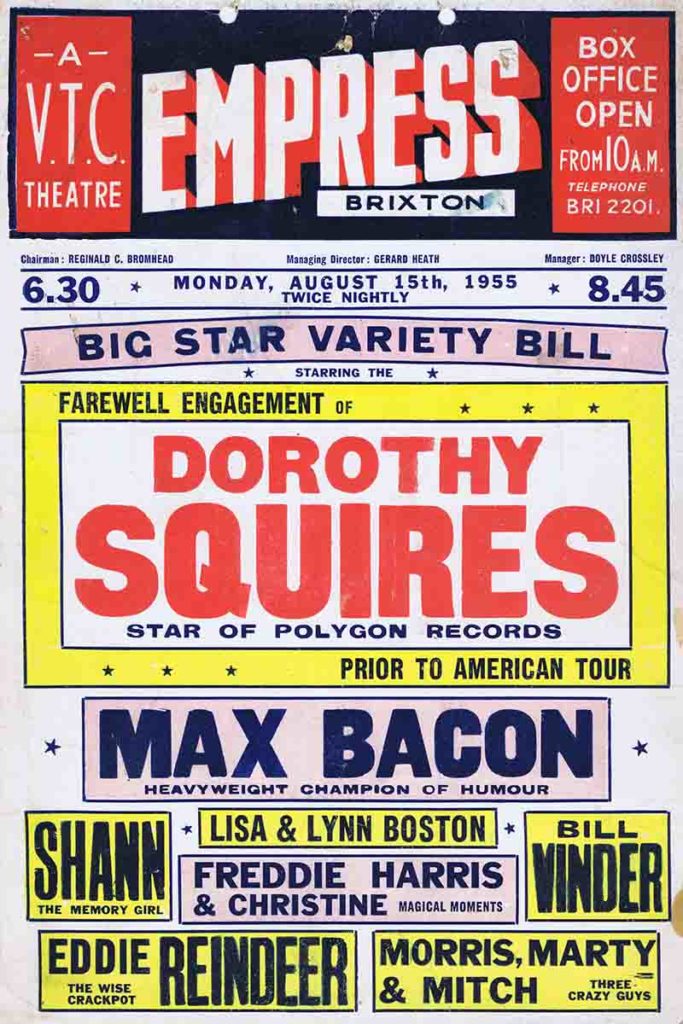
Alan Piper from The Brixton Society explores the history of entertainment in Brixton
At the beginning of the 20th century, Brixton was a popular area for music hall performers to live. The late-night tram services along Coldharbour Lane, Brixton Road and up Brixton Hill enabled them to get home after shows in the West End and other London theatres. For those at the top of the bill, home could be a grand house – rare survivals include those of Dan Leno in Akerman Road, and Vesta Victoria in King’s Avenue. For those lower down the hill, this meant rented rooms in a boarding house or theatrical “digs”.
Performers were often involved in two shows a night at each venue, and popular acts could find themselves rushing from one theatre to another.

The music hall tradition began with informal concerts in public houses, and the more enterprising added larger halls to accommodate a bigger audience. Some of these were rebuilt as full-size theatres as the “music hall” format became more popular.
Brixton itself had just two purpose-built theatres. The Brixton Theatre was built behind the Tate Library in 1894 and mainly presented plays. It was bombed in 1940 and all that remains is the foundation stone, now placed in front of the old entrance from Brixton Oval.
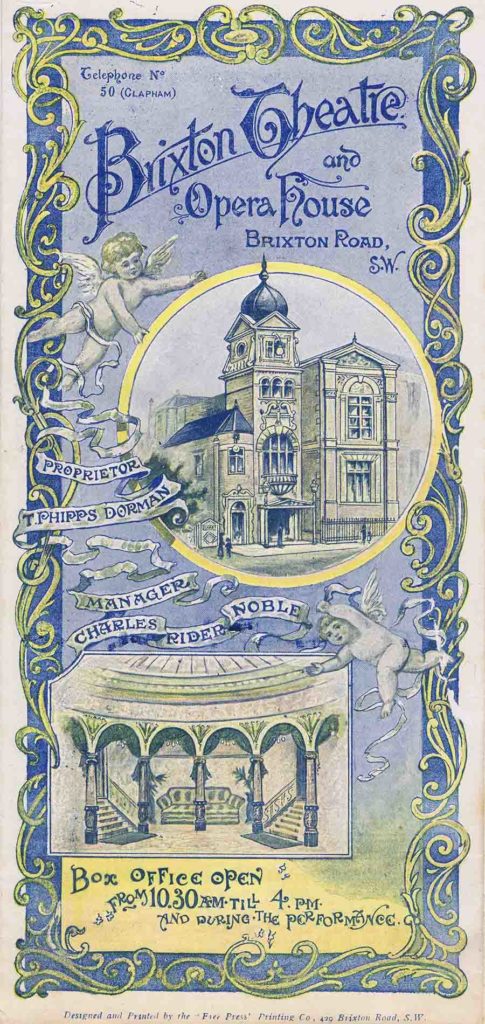
Nothing survives of the Empress Theatre, which lay back from Brixton Road on the corner of Brighton Terrace and Bernays Grove. This presented music hall programmes from its opening on Boxing Day 1898. In 1931 the theatre was given an Art Deco facelift and performances continued in a more streamlined “variety” format until January 1957, when it was converted into a Granada cinema. This continued for ten years, becoming a bingo hall in 1967 before demolition in 1992 to make way for a block of flats.
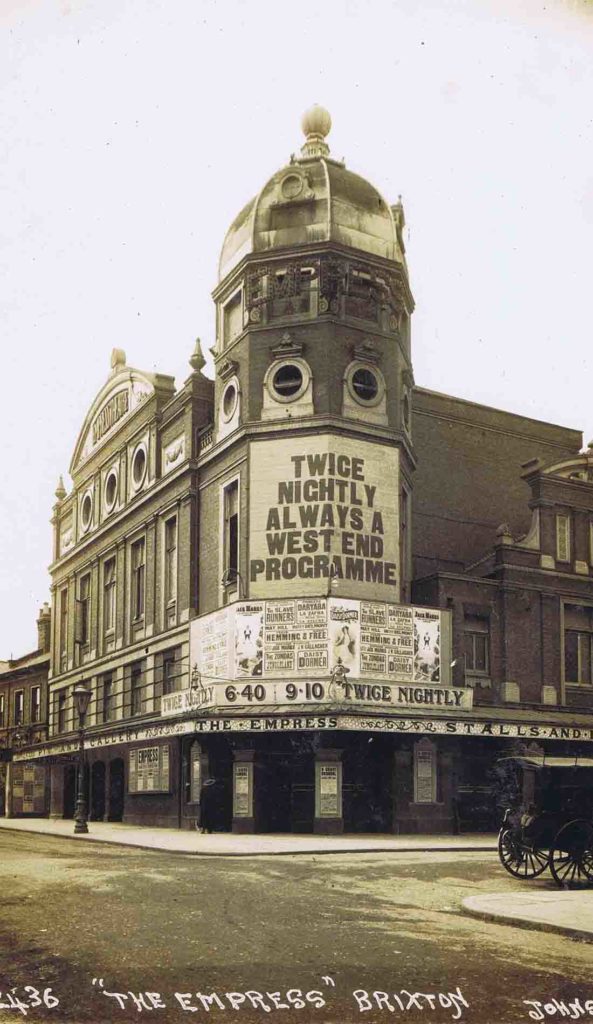
Other local venues were smaller scale. The Angell Town Institution (now the Karibu Centre) operated as a public hall and was hosting amateur concert evenings back in 1878. Around the end of the 19th century, some of Brixton’s public houses were rebuilt on a grander scale to accommodate music hall performances. This did not always pay off – the Loughborough Hotel found its licence restricted after representations from residents of the surrounding streets. Pubs out on main roads did better, and some have maintained or revived the tradition of live music performances.
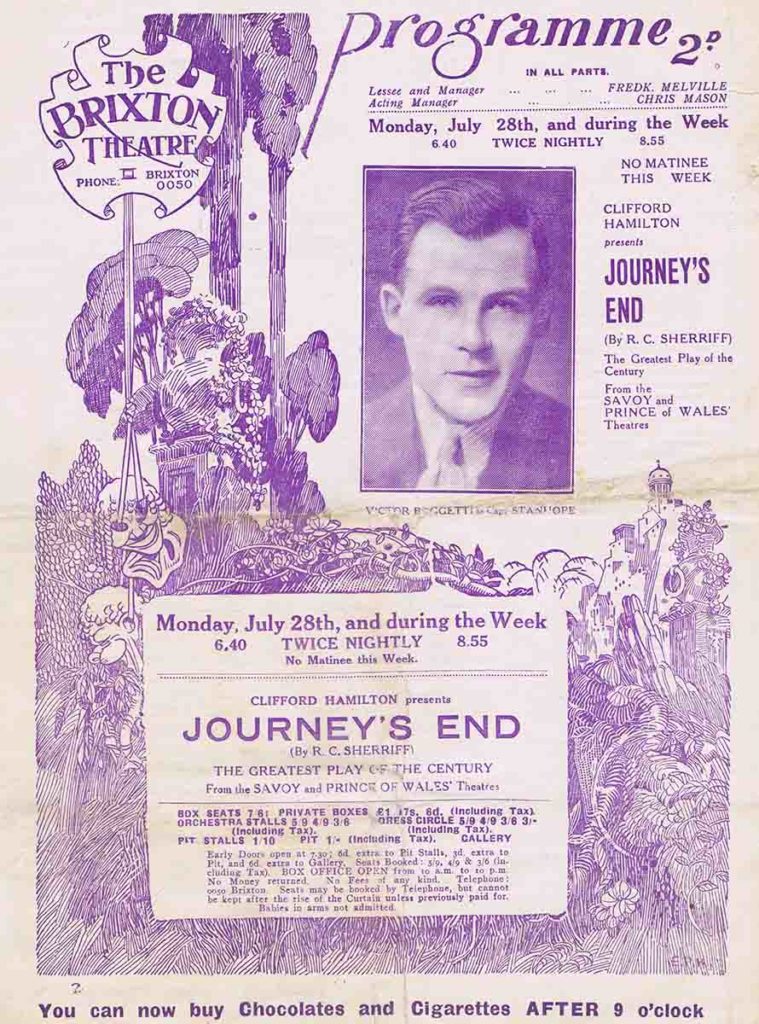
As well as presenting performances, pubs would often let their upstairs function rooms as a base or rehearsal space for a speciality act, like acrobats or dancers. This need has not gone away, and today the Longfield Hall (near Myatt’s Fields Park) provides rehearsal space as well as classes for beginners and amateurs. The Assembly Hall added to the Town Hall in 1938 provided a venue for amateur and touring productions.
![A very early flyer for an Angell Town Institution concert – 20 January 1874. Notice the seat prices: the top stalls cost 5s. (25p) which is about £27.50 in today’s equivalent spending power; the cheapest admission at 1s. (5p) is £5.50 [figures derived from the Bank of England’s inflation calculator].](https://brixtonblog.com/wp-content/uploads/2020/09/Image4-12-539x1024.jpg)
Cinema in Brixton began in the early 1900s with short films being shown as fillers during shows at the Empress Theatre, followed shortly after by film shows in local railway arches. Brixton’s first purpose-built cinema was the Electric Pavilion of 1910, which continues today as the Ritzy. This was soon followed by the Palladium of 1913, which survives next to the Town Hall as the Electric Brixton with a later façade. The present showroom of the Brixton Furniture Company also began life as an early cinema. Another example on Brixton Hill is the former Rex cinema, of which only the entrance foyer remains.

The advent of talking pictures saw the opening of the Astoria in 1929, as a larger cinema/ theatre on Stockwell Road. The stage facilities have allowed it to survive as the O2 Brixton Academy, a popular venue for pop concerts and video recording.
Over the past 40 years, there have been a number of attempts to bring live theatre back to Brixton. This is finally happening with the relocation of the Oval House Theatre from Kennington, with a new building taking shape to open as the Brixton House Theatre.



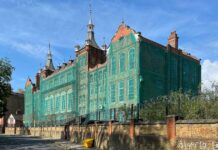
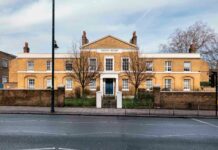




Love this. In the ‘Prince and The Showgirl’ with Laurence Olivier and Marilyn Monroe, she has digs in Brixton Water Lane.